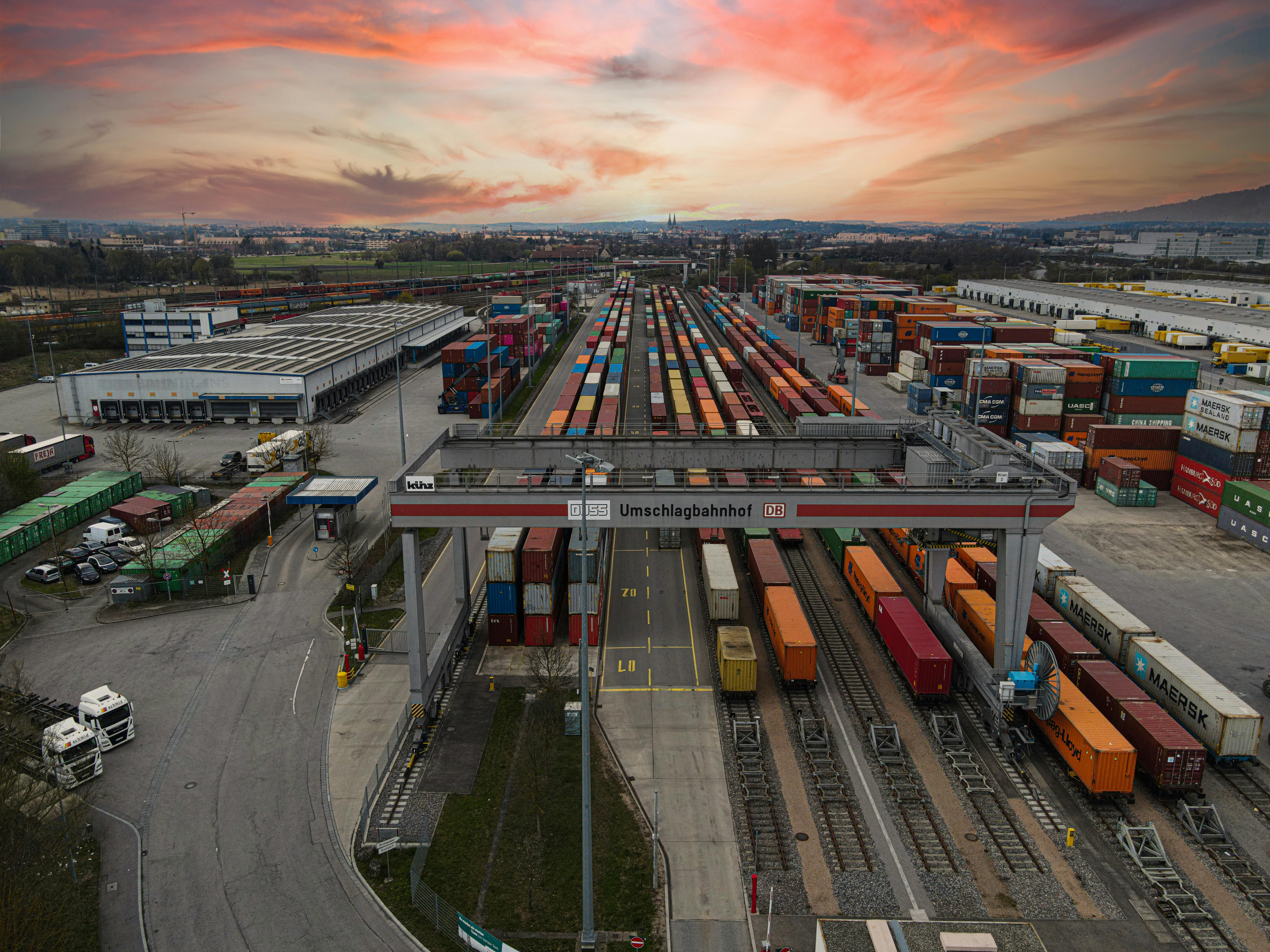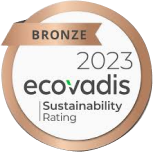When dealing with imports, you may realise that bringing goods directly into the desired country is not always feasible. It may be impossible, too expensive, or simply impractical.
Rather than facing delays, there is a solution: reroute your goods to another port, transfer them onto another ship, and let the smooth sailing continue. This process is called transshipping.
Transshipments are essential to international trade and can be highly beneficial when navigated correctly. Understanding transshipments, their importance, and the grey areas around them is crucial to handling trade.
What is Transshipping?
Transshipping refers to the movement of goods from one vessel or mode of transport to another during the export journey before reaching the final destination.
For example, suppose servers need to move from Australia to the United Kingdom. Instead of going directly to the desired destination, the container will go to Singapore and then be transferred to another vessel before going to the United Kingdom.
%20(1).png)
Why is Transshipping Important?
Transshipping is an integral part of modern-day logistics, ensuring that all goods get to where they need to be in an efficient manner.
There are several reasons why transshipping is essential. The top three reasons are when no direct route is available, the vessels are too large, and when there is a better cost alternative.
It is essential to continuously manage the logistical pipeline through an Importer of Record who is on top of tariff changes, lane closures, and other events that may disrupt the process.
The Grey Areas of Transshipments
Many companies, however, try to disguise transshipping with Origin Washing. These two terms are not the same, and it is crucial to distinguish them to avoid getting goods stuck at customs.
The Trump Administration’s initial 145% tariff on Chinese goods shifted supply chains, especially for Chinese manufacturers. In response, many of these companies have scrambled to reroute via neighboring countries in an attempt to avoid the hefty tariffs.
Malaysia, amongst others, is becoming a waypoint for goods routed from China to the US, reducing the impact of tariffs.
This illegal tactic is used to maintain market access with some countries offering what is known as “place of origin” services, where the boundaries between legitimate transshipments and trade fraud are blurred.
In recent efforts to crack down on such practices, Trump announced on July 31 that goods rerouted through a third party to evade tariffs will incur a 40% additional duty, along with further fines and penalties. This aims to prevent origin washing and reinforce stricter customs.
What is Origin Washing?
This ‘place of origin service’ is Origin Washing—a process of concealing the true origin of goods.
In the first quarter of 2025 alone, USD20.81 million in country of origin violations were reported in South Korea. Chinese goods were routed through South Korea, where they underwent minimal packaging changes and relabeling, and they were issued a new Certificate of Origin (COO) before being imported into the US.
These false COOs create a loophole for goods to enter the US with reduced tariffs, subverting trade regulations. It is fraudulent and used to bypass tariffs.
What does the Future Hold for Transshipping?
With global trade becoming increasingly complex, adapting one’s supply chains through transshipments is a viable solution. However, it is crucial to understand the difference between being strategic and fraudulent. With the help of an Importer of Record, businesses can get their goods into the desired location efficiently and ethically.
Stay updated on all tariffs, and contact one of the TecEx experts to get tech into your desired location.
Transshipment FAQs
What are the busiest transshipment hubs?
The top five busiest hubs are the Ports of Singapore, Shanghai, Shenzhen, Busan, and Hong Kong.
What are the challenges for transshipments?
Some of the challenges for transshipments include handling the goods during transfer, delays due to possible port congestion, and gathering the additional documentation required for the transshipments. To eliminate the risk, TecEx offers Liability Cover to ensure the safety of your goods through the lengthy journey.
What are the customs involved with transshipments?
Transshipping involves navigating more than one country’s customs, requiring more documentation. TecEx can help source these documents, comply with regulations, and get goods through customs.



